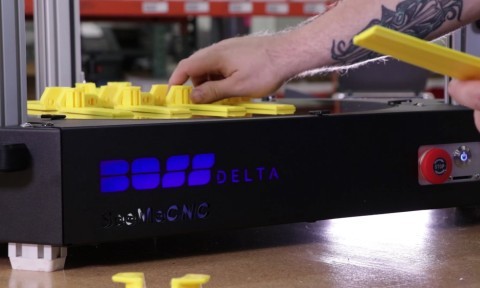As an alternative to traditional manufacturing techniques such as injection molding, additive manufacturing becomes an attractive option at quantities as high as thousands of units. It can also function as a backup for making bridge parts before the regular ones are available in a manufacturing plant. This course discusses some of the key advantages of 3D printing, including part number reduction and thus reduced assembly time; increased reliability; backup capability in case of a part shortage; and possibly lower tooling costs. Instructors Rich Cameron and Joan Horvath also review some of the real-world manufacturing use cases where additive is cost effective and suggest which materials (filament, resin, or powder) might make the most sense for your company and product.
Learn More

